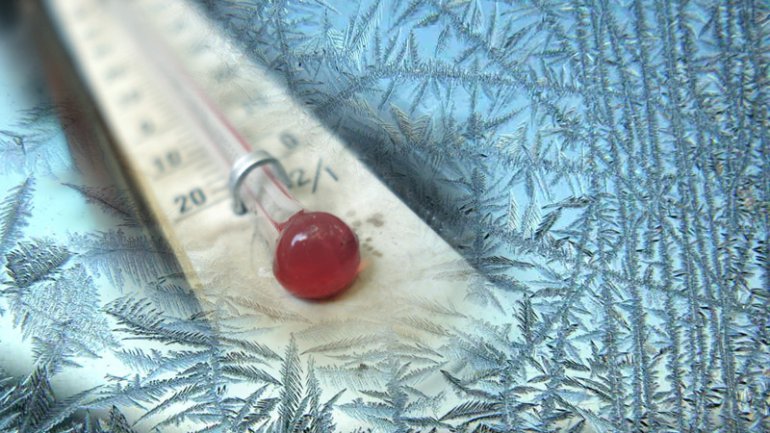Here in DJILeaks.com part of the world our days are mostly at or below freezing at this time of year, which brings a new set of challenges to drone operation.
At and below 32F(0C) batteries drain incredibly fast. Where you would normally get 25 minutes of flight time on a summer day, it isn’t uncommon for drone battery to fall to the low teens. Lower if you’re at higher altitude forcing the rotors to work harder in the thin, cold air.
The Lithium Polymer (LIPO) batteries common to drones today are fast at charging and very intelligent. But like all of us, the cold takes a toll on them. According to DJI’s website Hot Tips for Flying in the Cold, the slowing chemical reactions that provide the electricity in LIPOs actually “start to occur at 59F and is a known issue of all LIPO batteries.” And the venting on the batteries, which helps to cool the battery and electronics in normal weather, inadvertently helps to accelerate the cooling.
Some drone forums will tell you to tape over the vents which leads to other issues like inadequate cooling, trapped condensation, and potentially damaging your drone.
DJI recommends four steps for drone pilots to beat the cold:
- Make sure batteries are fully charged before each flight
- Warm batteries to 25C (77F) or more before each flight. We recommend using a battery heater.
- Hover the aircraft for around a minute to allow the battery to warm up.
- Turn on “Show Voltage on Main Screen” on the Aircraft Battery page of the DJI Go app. Do not continue flying if battery voltage drops below 3.2v.
Drone Battery Heater Options
There are lots of ways you can warm a drone battery up, but they usually fall into one of two camps; either it’s a drone battery heater designed specifically for the task or it’s a DIY mod.
DJI currently only sells drone battery heaters directly from it’s website for the following models:
Since the release of the Phantom 3, DJI has also come out with the Phantom 4 and Mavic Pro drones but does not manufacture a battery heater for those drones.
Mavic Pro: Do Not Heat
According the manual for the DJI Mavic Pro, on page three it clearly states “DO NOT heat batteries”. Ditto for the Phantom 4.
So when it comes to LIPO batteries and keeping them functional we walk the fine line between “warming” and “heating”. Anyone who has gone skiing in the winter time and accidentally left their cell phone in an exterior pocket is likely familiar with the rapid loss of juice. With drone batteries, the remedy is likely the same. I use a fly fishing vest that i wear under my winter outerwear so that my own body heat (science says I’m usually a 98F animal on the inside) keeps the batteries at or slightly above room temperature.
Consumers are left with various after-market products as well as DIY hacks ranging from baby bottle warmers to hand warmers. Regardless of which solution you use, be sure to carefully monitor your battery during heating and properly adhere to the power management guidelines to maximizing the long term health of your batteries.
Lithium Polymer battery’s difficult relationship with temperature often puts the pilot between a rock and hard place. While cold quickly robs the drone battery of power, unmonitored and excessive heat can not only damage the battery but actually lead to a fire….which is a whole other topic.
So here’s the final word on your cold weather battery management: stick to what the manufacturer advises. Err on the side of caution, and never forget that despite being heavy little bricks, your batteries are what make everything else work. Or not work.

